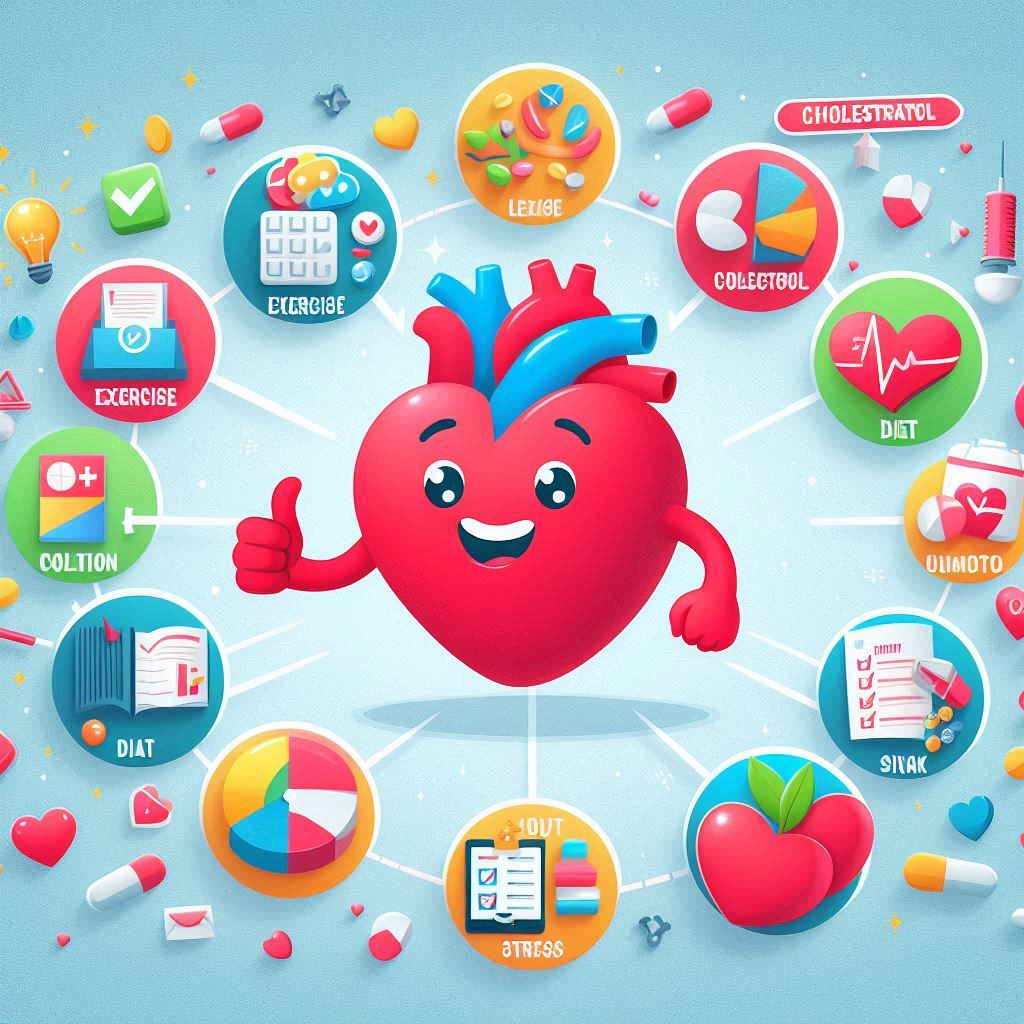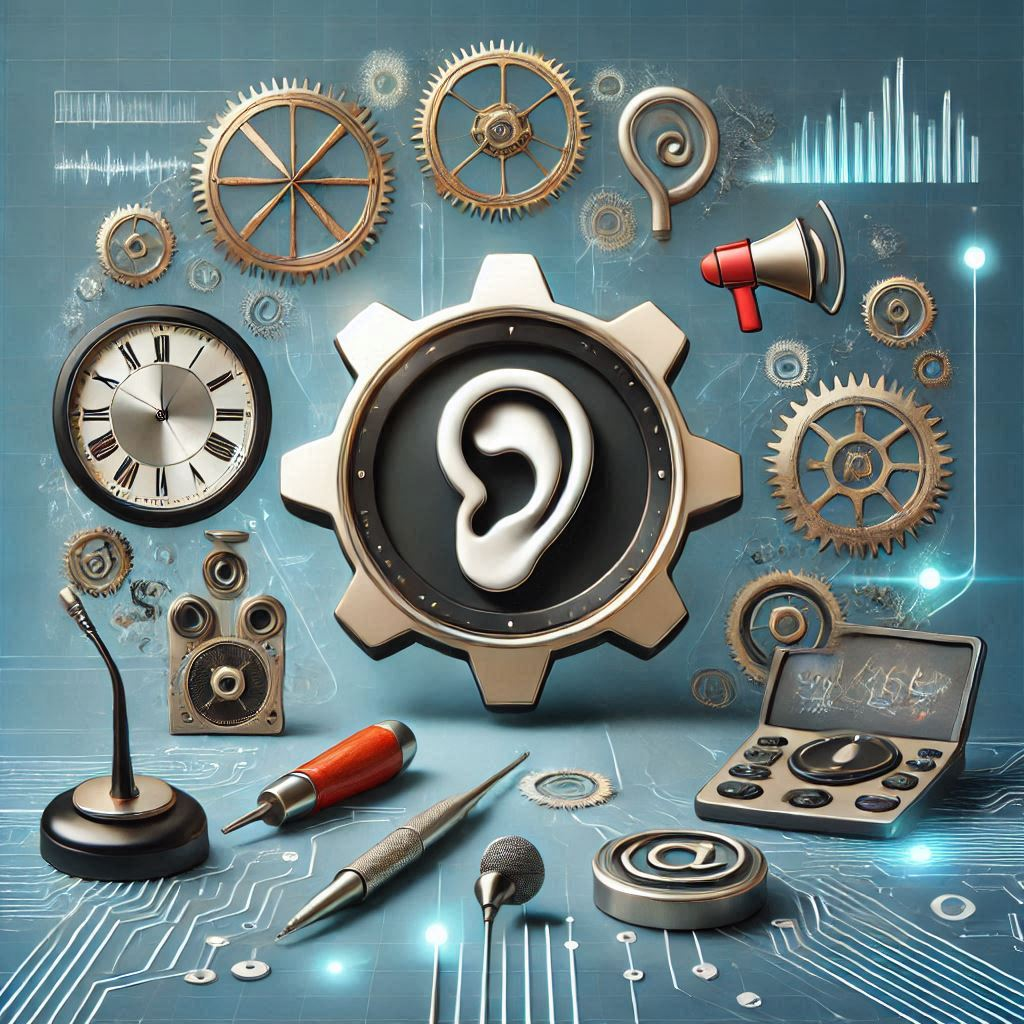
“7 Innovative Tools for Deaf and Hard of Hearing”
7 Innovative Tools for the Deaf and Hard of Hearing
Discover cutting-edge, innovative tools that enhance communication and accessibility for the deaf and hard of hearing communities.
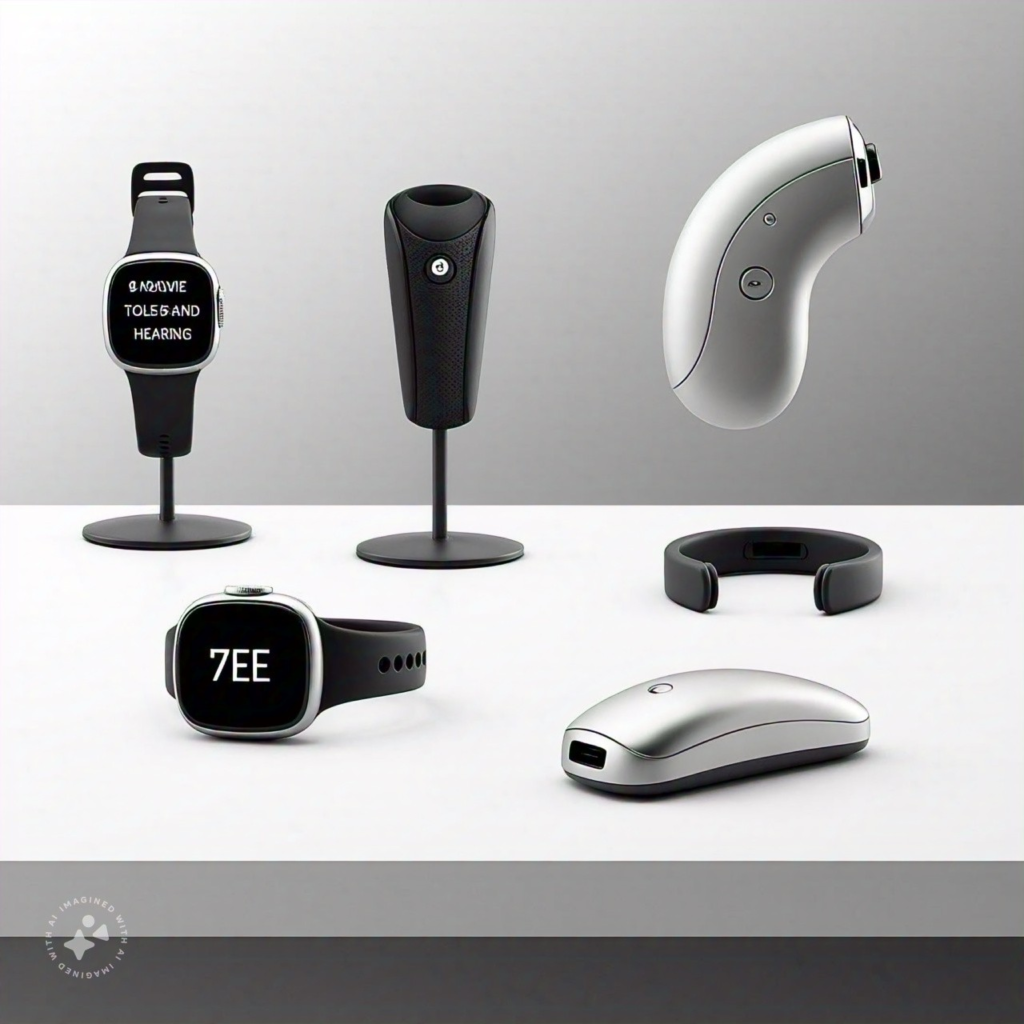
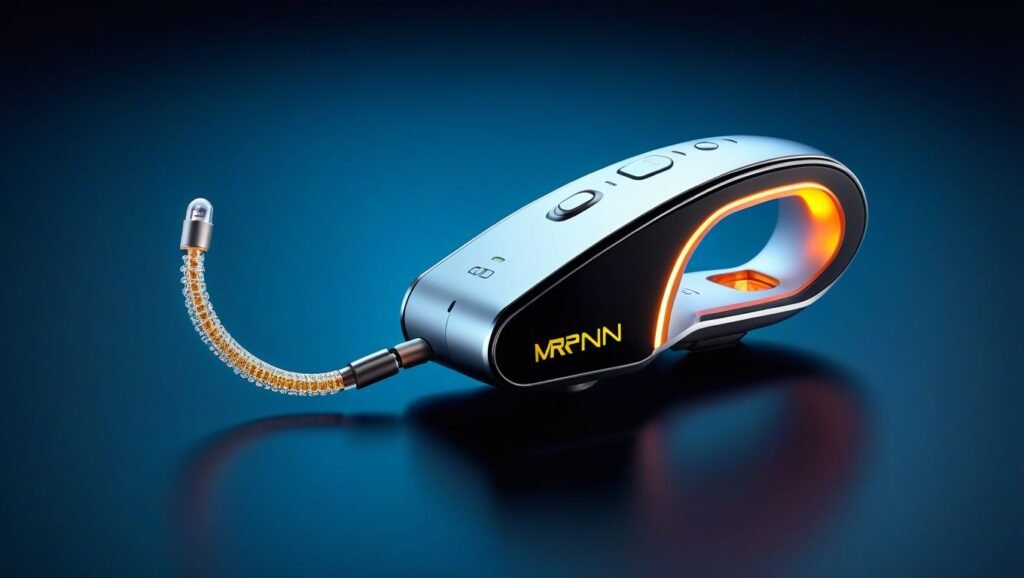
Introduction
Overview of the Importance of Assistive Technology for the Deaf and Hard of Hearing
Assistive technology plays a crucial role in enhancing the quality of life for individuals who are deaf or hard of hearing. These tools help bridge communication gaps, provide access to information, and promote independence. By leveraging modern technology, people with hearing impairments can participate more fully in social, educational, and professional settings.
Brief Explanation of How These Tools Enhance Communication and Accessibility
Assistive technology for the deaf and hard of hearing includes a wide range of devices and applications designed to improve communication and accessibility. These tools can amplify sound, convert speech to text, provide visual alerts, and facilitate real-time communication. By using these technologies, individuals with hearing impairments can overcome barriers and engage more effectively with the world around them.
Tool 1: Advanced Hearing Aids
Description of Modern Hearing Aids and Their Features
Modern hearing aids are sophisticated devices that amplify sound and improve hearing clarity. They come in various styles, including behind-the-ear (BTE), in-the-ear (ITE), and completely-in-canal (CIC) models. Advanced hearing aids are equipped with features such as:
- Digital Signal Processing: enhances sound quality by reducing background noise and improving speech clarity.
- Bluetooth Connectivity: Allows users to connect their hearing aids to smartphones, tablets, and other devices for streaming audio directly to their ears.
- Directional Microphones: Focus on sounds coming from specific directions, making it easier to hear conversations in noisy environments.
- Rechargeable Batteries: Provide convenience and reduce the need for frequent battery replacements.
Benefits of Using Advanced Hearing Aids for Improved Hearing
Advanced hearing aids offer numerous benefits, including:
- Improved Hearing Clarity: Amplify sounds and enhance speech understanding, making it easier to communicate in various settings.
- Increased Comfort: Modern designs are lightweight and discreet, providing a comfortable fit for extended wear.
- Enhanced Connectivity: Bluetooth-enabled hearing aids allow users to connect to multiple devices, improving accessibility and convenience.
- Customizable Settings: Users can adjust settings to suit their specific hearing needs and preferences.
Tool 2: Cochlear Implants
Explanation of Cochlear Implants and How They Work
Cochlear implants are electronic devices that provide a sense of sound to individuals with severe to profound hearing loss. Unlike hearing aids, which amplify sound, cochlear implants bypass damaged parts of the inner ear and directly stimulate the auditory nerve. The implant consists of an external processor that captures sound and converts it into electrical signals and an internal receiver that sends these signals to the auditory nerve.
Advantages of Cochlear Implants for Individuals with Severe Hearing Loss
Cochlear implants offer several advantages, including:
- Improved Hearing Ability: Enable individuals with severe hearing loss to perceive sounds and understand speech.
- Enhanced Communication: Facilitate better communication in various environments, including noisy settings.
- Increased Independence: Allow users to engage more fully in social, educational, and professional activities.
- Long-Term Benefits: Cochlear implants can provide lasting improvements in hearing and quality of life.
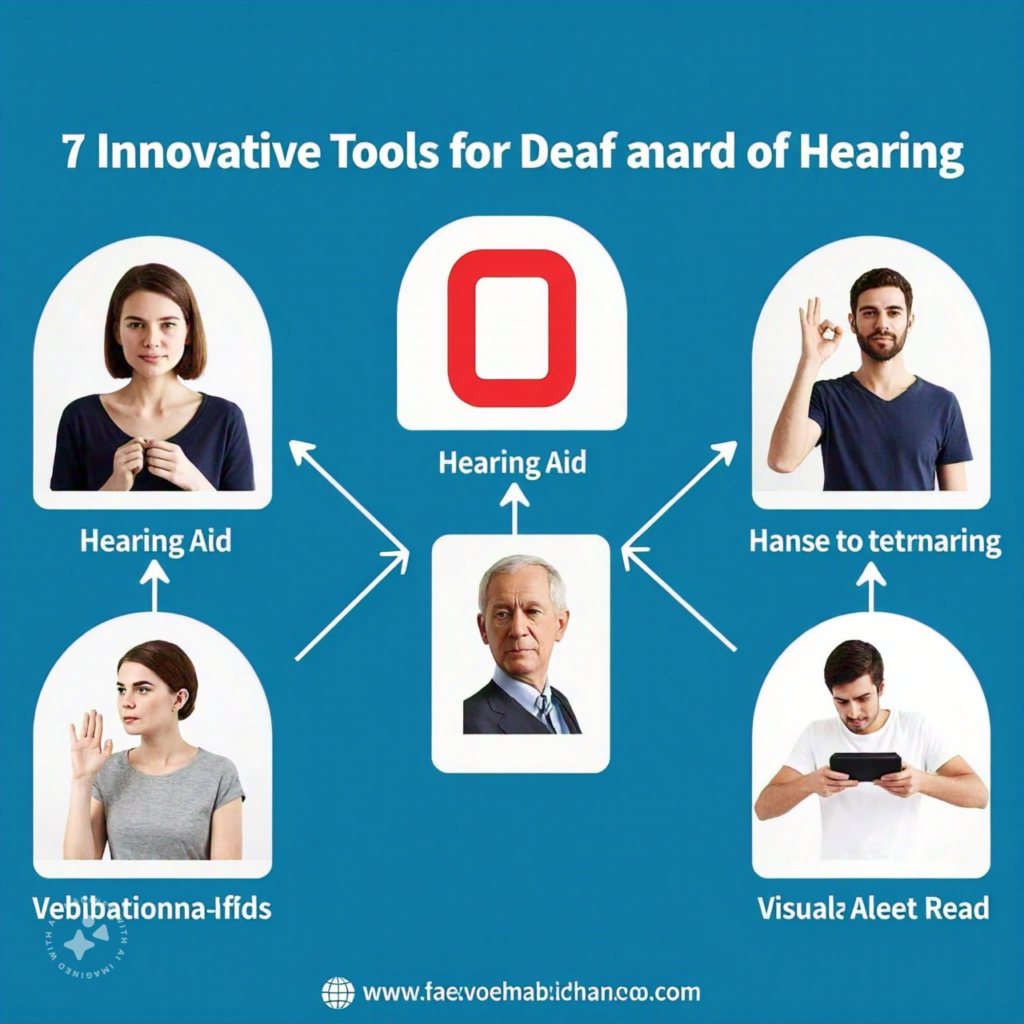
Tool 3: Sign Language Apps
Overview of Popular Sign Language Apps and Their Functionalities
Sign language apps are designed to help users learn and communicate using sign language. These apps offer a range of features, including:
- Interactive Lessons: Provide step-by-step tutorials and practice exercises to teach users sign language vocabulary and grammar.
- Video demonstrations: Show native signers demonstrating signs, making it easier for users to learn and mimic the movements.
- Dictionary and Search Functions: Allow users to look up specific signs and learn their meanings.
- Games and Quizzes: Make learning fun and engaging by incorporating interactive games and quizzes.
How These Apps Help Users Learn and Communicate Using Sign Language
Sign language apps are valuable tools for both beginners and advanced learners. They help users:
- Learn at Their Own Pace: Users can practice and review lessons at their convenience, making it easier to retain information.
- Improve Communication Skills: By learning sign language, users can communicate more effectively with deaf individuals and participate in the deaf community.
- Access Resources Anywhere: Mobile apps provide on-the-go access to sign language resources, making it easy to practice and learn anytime, anywhere.
Tool 4: Video Relay Services (VRS)
Description of VRS and How It Facilitates Communication for the Deaf
Video Relay Services (VRS) are communication services that allow deaf individuals to make and receive phone calls using sign language. VRS connects the user to a sign language interpreter via video, who then relays the conversation between the deaf user and the hearing party. This service enables real-time, natural communication using sign language.
Benefits of Using VRS for Real-Time Video Communication
VRS offers several benefits, including:
- Natural Communication: Allows deaf individuals to use their preferred language (sign language) for phone conversations.
- Real-Time Interaction: Facilitates immediate, two-way communication without delays.
- Accessibility: Provides access to phone communication for individuals who may not be able to use traditional voice calls.
- Convenience: VRS can be used on various devices, including smartphones, tablets, and computers, making it accessible from anywhere.
Tool 5: Captioning Services
Explanation of Captioning Services for Live and Recorded Content
Captioning services provide text representations of spoken words in live and recorded content. Captions can be displayed on television programs, online videos, live events, and educational materials. There are two main types of captions:
- Closed Captions: Can be turned on or off by the viewer and are typically used in television broadcasts and online videos.
- Open Captions: Always visible and cannot be turned off, often used in public screenings and live events.
Importance of Captions for Accessibility in Media and Education
Captions are essential for making media and educational content accessible to deaf and hard-of-hearing individuals. They provide several benefits, including:
- Improved Comprehension: Help viewers understand spoken content by providing a visual representation of the dialogue.
- Enhanced Learning: Support educational experiences by providing access to spoken information in classrooms, lectures, and online courses.
- Increased Inclusivity: Ensure that deaf and hard of hearing individuals can participate fully in media consumption and educational activities.
Tool 6: Alerting Devices
Overview of Alerting Devices Such as Vibrating Alarms and Visual Alerts
Alerting devices are designed to notify deaf and hard-of-hearing individuals of important events and emergencies. These devices use alternative methods, such as vibrations, flashing lights, and visual displays, to capture the user’s attention. Common alerting devices include:
- Vibrating Alarms: Use vibrations to wake users or alert them to specific events, such as phone calls or doorbells.
- Visual Alerts: Use flashing lights or visual displays to signal events like fire alarms, doorbells, and phone notifications.
- Combination Devices: Combine multiple alerting methods, such as vibrations and visual alerts, to ensure the user receives the notification.
How These Devices Enhance Safety and Independence for the Deaf and Hard of Hearing
Alerting devices play a crucial role in enhancing safety and independence by ensuring that deaf and hard of hearing individuals are aware of important events and emergencies. Benefits include:
- Increased Awareness: Ensure users are notified of critical events, such as fire alarms or emergency alerts, even when they cannot hear traditional alarms.
- Enhanced Independence: Allow users to live more independently by providing reliable notifications for everyday events, such as phone calls and doorbells.
- Improved Safety: Reduce the risk of missing important alerts, contributing to a safer living environment.
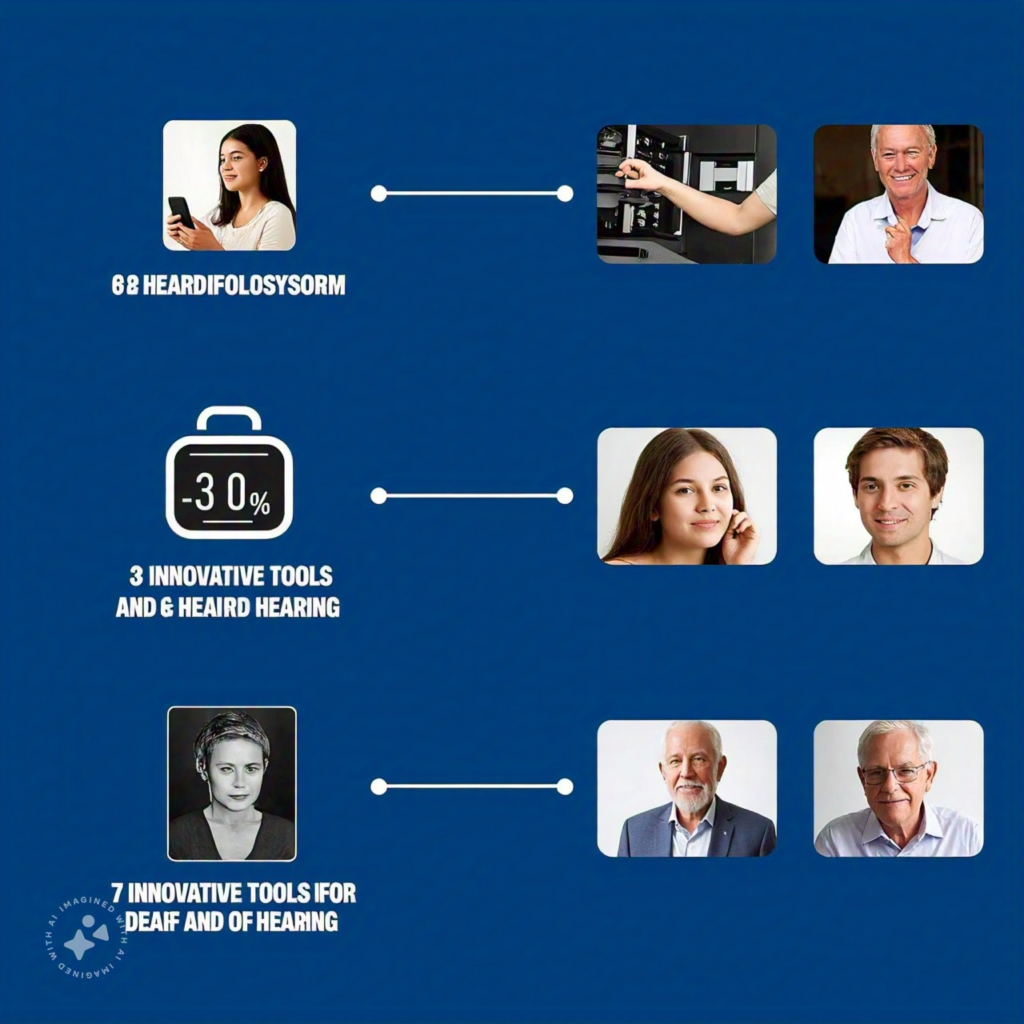
Tool 7: Communication Boards and Apps
Description of Communication Boards and Apps Designed for Non-Verbal Communication
Communication boards and apps are essential tools designed to facilitate communication for individuals who are non-verbal or have limited speech abilities. These tools provide a visual representation of words, phrases, and symbols that users can select to express their thoughts and needs. Communication boards can be physical boards with pictures and symbols, while communication apps are digital versions that can be used on smartphones, tablets, and computers.
Benefits of Using These Tools for Effective Interaction
- Enhanced Communication: Communication boards and apps enable non-verbal individuals to express themselves more effectively, improving their ability to communicate with others.
- Increased Independence: By providing a means of communication, these tools empower users to convey their needs and preferences independently.
- Improved Social Interaction: Communication boards and apps facilitate social interactions, allowing users to participate more fully in conversations and social activities.
- Customization: Many communication apps offer customizable options, allowing users to tailor the content to their specific needs and preferences.
- Portability: Digital communication apps can be used on portable devices, making them convenient for use in various settings, including home, school, and community environments.
Conclusion
Recap of the 7 Innovative Tools for the Deaf and Hard of Hearing
- Advanced Hearing Aids: Modern hearing aids with features like digital signal processing, Bluetooth connectivity, and directional microphones.
- Cochlear Implants: Electronic devices that provide a sense of sound to individuals with severe hearing loss.
- Sign Language Apps: Mobile apps that help users learn and communicate using sign language.
- Video Relay Services (VRS): Services that facilitate real-time video communication using sign language interpreters.
- Captioning Services: text representations of spoken words for live and recorded content, enhancing accessibility.
- Alerting Devices: devices that use vibrations, flashing lights, and visual displays to notify users of important events and emergencies.
- Communication boards and apps: tools designed for non-verbal communication, providing visual representations of words and symbols.
Encouragement to Explore and Utilize These Tools for Improved Accessibility and Communication
Exploring and utilizing these innovative tools can significantly enhance communication and accessibility for individuals who are deaf or hard of hearing. By incorporating these technologies into daily life, users can overcome barriers, improve their quality of life, and participate more fully in social, educational, and professional activities.
Final Thoughts on the Importance of Assistive Technology in Enhancing the Quality of Life for the Deaf and Hard of Hearing
Individuals who are deaf or hard of hearing greatly benefit from the use of assistive technology. These tools provide essential support for communication, accessibility, and independence. By embracing and leveraging assistive technology, we can create a more inclusive and accessible world for everyone.




